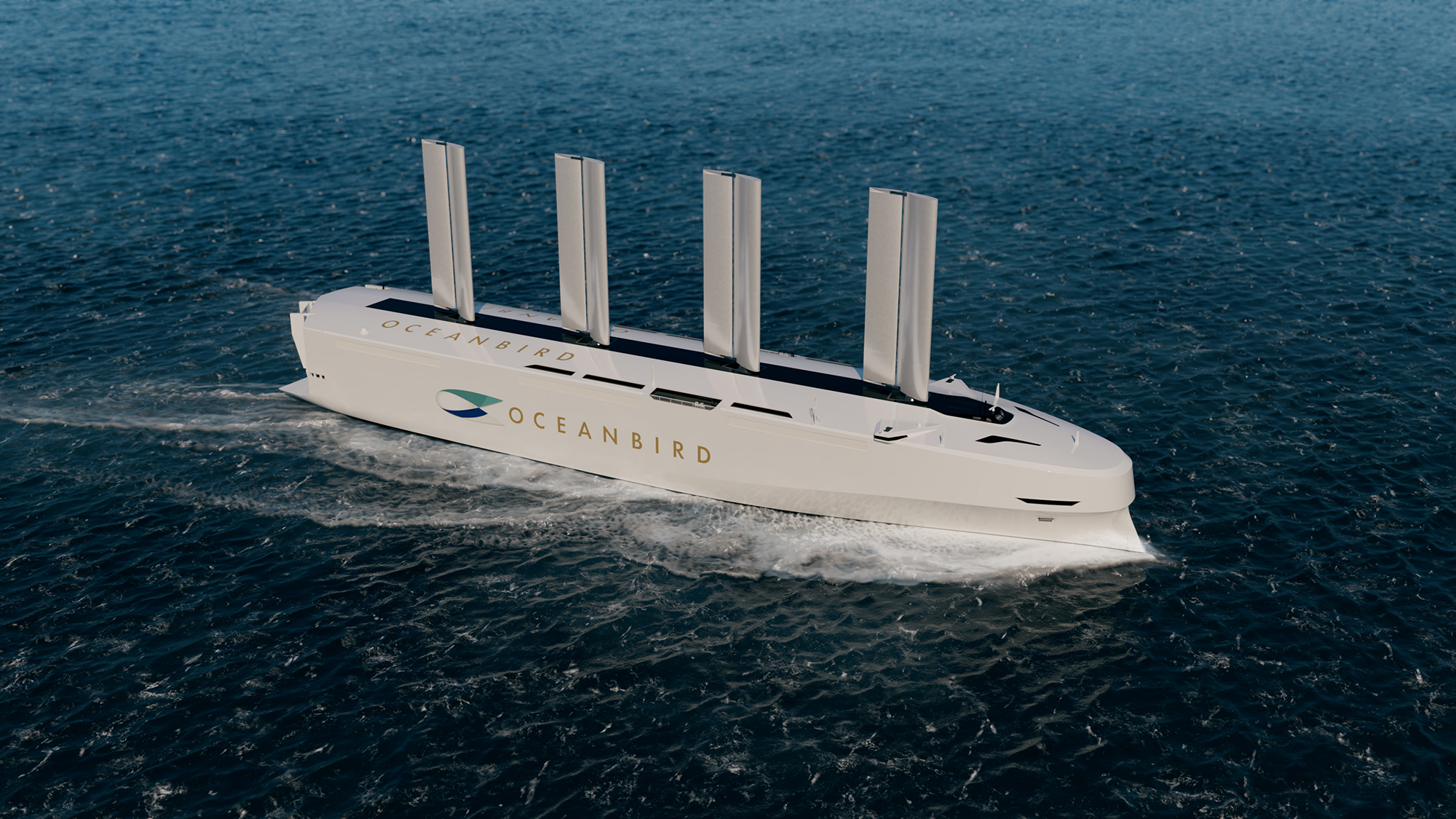Wind-Powered Cargo Ships Make a Comeback

With the shipping industry under increasing pressure to reduce its environmental impact, wind-powered cargo ships are making a genuine comeback. Innovations in wind propulsion technology, combined with global carbon pricing initiatives, are driving this transformation. This article will explore the growth of wind-powered shipping, debunk common myths surrounding the technology, and discuss the potential for a zero-emission future.
The Resurgence of Wind-Powered Shipping
Shipping giants like Japan's MOL and American food company Cargill have embraced wind-assisted technologies, as have smaller companies such as Wallenius and Zephyr & Borée. These modern sailing ships blend old and new technology, resulting in significant reductions in fuel consumption and greenhouse gas emissions. Examples of ships using advanced sail designs include the Neoline, the Canopée, and the Oceanbird, all of which are currently in development or planning stages.
The Urgent Need for Decarbonization
The International Maritime Organization (IMO) set an initial target of halving shipping emissions between 2008 and 2050, which is insufficient for keeping global warming below 1.5℃. Shipping accounts for almost 3% of global greenhouse gas emissions, and the industry needs to move towards zero emissions by 2050 to align with the Paris Agreement. Wind propulsion can contribute to this transition, extending the carbon budget and allowing more time for the development of alternative fuels.
Debunking Myths About Wind-Powered Shipping
- Wind ships are a thing of the past, for good reason: Modern wind-powered ships use a combination of cutting-edge engineering, materials science, yacht racing technology, and aerospace design to harness the wind, offering significant environmental benefits.
- The wind is unreliable, so ships won’t arrive on time: The prevailing trade winds that powered globalization have remained stable. Advanced weather forecasting and weather routing software have greatly reduced the uncertainty associated with sailing, ensuring that wind-powered ships can reach their destinations on time.
- Sails cannot work on all types of ships: While not all ships can easily accommodate sails, rotors, or kites, the viability of wind propulsion should not be dismissed. Veer Voyage and Windcoop are already racing to build the first wind-powered container ship, proving that sails can be adapted for a wide range of vessels.
- If it makes so much sense, we’d already be doing it: The rise in interest in wind propulsion is largely driven by the increasing likelihood of global carbon pricing, such as the European Union’s Emissions Trading Scheme. As carbon pricing initiatives gain traction, shipping companies will have more incentive to adopt non-polluting wind-assisted technologies.

The shipping industry is at a turning point, with wind-powered cargo ships sailing towards a zero-emission future. New wind-assisted technologies are proving to be efficient and reliable, debunking common myths about their feasibility. With growing industry adoption and continued advancements in technology, wind-powered shipping is poised to become a vital solution in the fight against climate change.
images - oceanbird
Share this article
